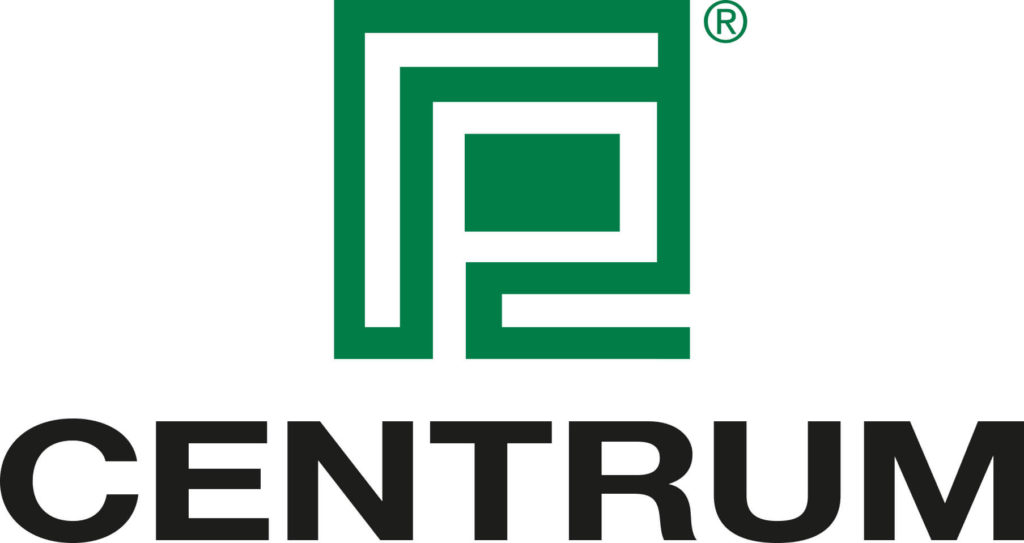How are precast piles made?
Driven precast concrete piles are the most versatile, cost-effective deep foundation solution, suitable for most ground conditions. Designed and manufactured to varying lengths to reach required depths, thereby saving costs and reducing waste.
Centrum Pile boasts a state of the art production facility for the manufacture of continuously reinforced concrete piles, with a large portion of the process being fully automated. Below, we have detailed the three key stages that take place during the process of manufacturing a precast pile.
The production of reinforced pile cages
Using the latest generation of Welding Robots unique to the UK, Centrum’s robot shed has the capability of producing 400 linear metres of pile cages per hour. The pile cages are continuously reinforced and are welded each time the helical wire crosses the main bar.
Steel rebar is responsibly sourced to provide all customers with the highest quality and assurance. Each of the cages are individually identified with a label put on at the manufacturing stage. From this label, all the coil charge (batch) numbers can be traced.
Manufacturing Concrete
Centrum batch circa 45,000m³ of C50/60 DC4 concrete for their piles which allows the piles to be used in most ground conditions, even that which is contaminated. Raw materials are delivered by lorry, the sand and aggregate in 28t tippers, and the cement and PFA in powder transporters. Constant communication between batching and casting is required so that the concrete is manufactured and delivered down the transfer chute into the casting hopper just in time. Cubes are taken for every 50m³ of concrete batched and are sent to a UKAS accredited laboratory for crushing and compliance checks.
Casting and Curing
Our highly advanced technical carousel system contains 45 moulds of various section sizes of pile. The concrete is delivered to the casting hopper via a direct chute between the batching plant and the hopper. Beneath the casting machine are multiple doors, each containing sensors that monitor the meniscus of the concrete and open and close accordingly to ensure that the correct fill level is achieved. Lifting hooks, a label plate and a label are added to each of the piles.
After the concrete has been laid, the mould transferred into a purpose-built temperature and humidity-controlled curing chamber (Take a virtual tour around our factory Virtual Tour – Centrum Pile Ltd). The curing cycle is a minimum of 12hrs, before de-moulding the piles and transferring to storage. Delivery to clients can be achieved in as little as 3 days from the point of manufacture.
You can watch the journey and process of how precast pile are made here: Centrum Pile Ltd. – YouTube
If you have a project that requires precast piles or a general enquiry, please contact us at info@centrumpile.co.uk

